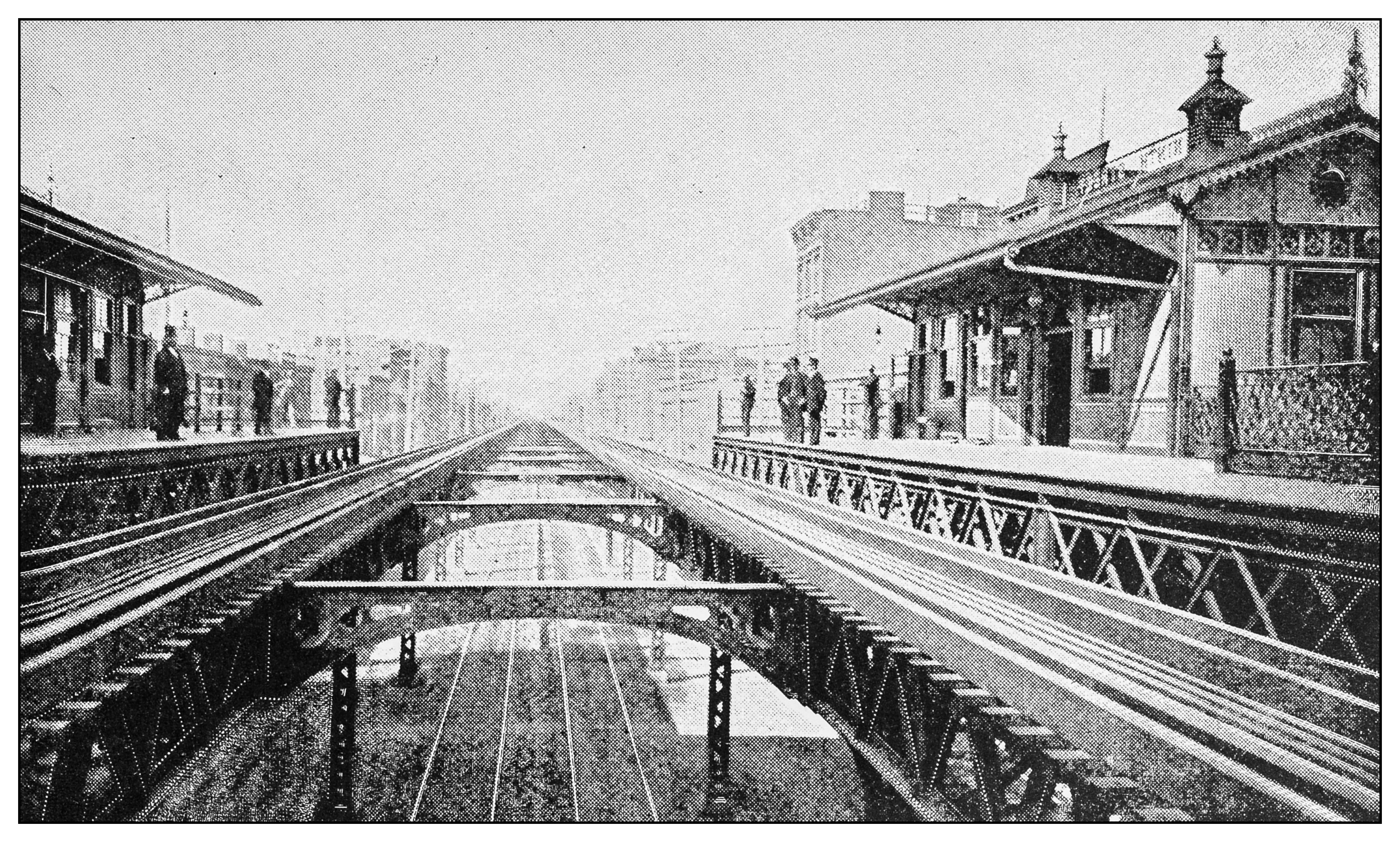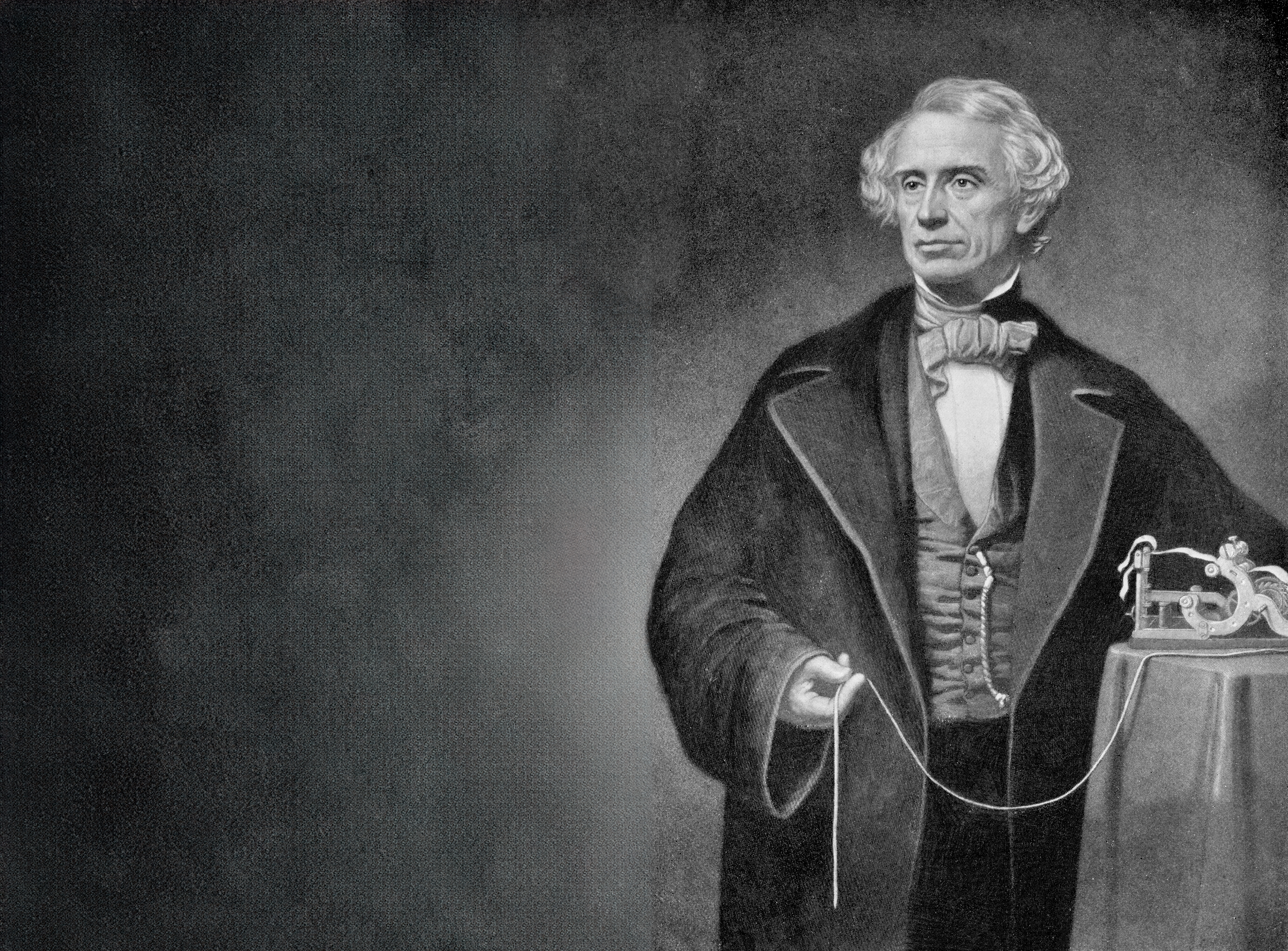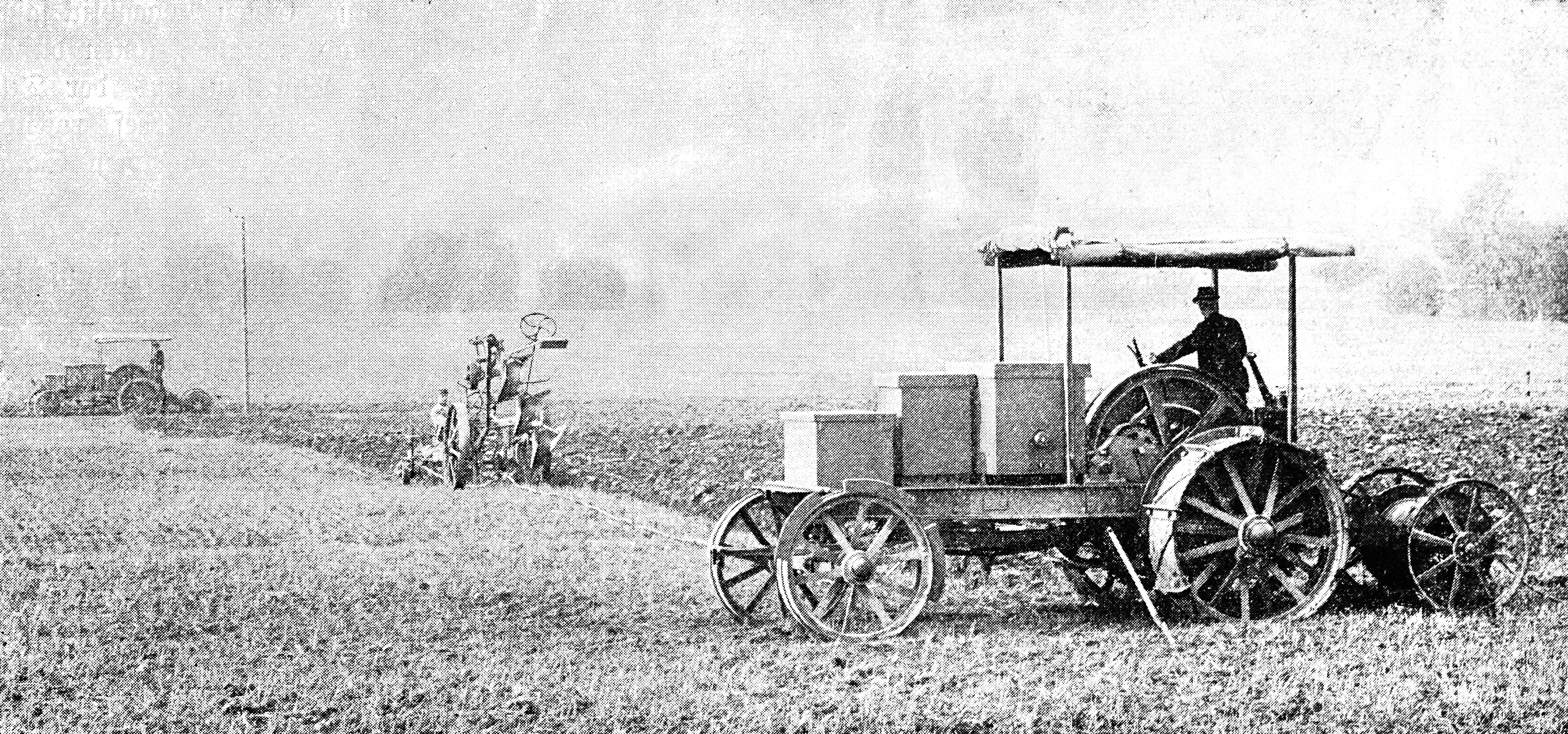Parallels from the Past
The financial information set out below does not constitute the company's statutory accounts for the years ended 30 April 2024 or 30 April 2023 but is derived from those accounts. Statutory accounts for 2023 have been delivered to the registrar of companies, and those for 2024 will be delivered in due course. The auditor has reported on those accounts; their reports were (i) unqualified, (ii) did not include a reference to any matters to which the auditor drew attention by way of emphasis without qualifying their report and (iii) did not contain a statement under section 498 (2) or (3) of the Companies Act 2006.
The full Annual Report and Financial Statements for the Year Ending 30 April 2024 can be found here.
Building the AI Rails
IT'S HAPPENING AGAIN: The railway buildout lasted decades, providing the foundational infrastructure for US productivity growth; AI infrastructure will support productivity growth for knowledge work.
The railroads played a crucial role in the development of the US economy from the industrial revolution in the Northeast (1820s – 1850s) to the settlement of the West (1850s-1890s). Between 1830-1839, US railroad investment increased from 0.2% of GDP to just above 0.9% by 1839 (a 31% CAGR) in nominal terms. After a digestion period, investment reaccelerated, averaging 1.7% of GDP between 1850 and 1859 to reach a peak 2.6% of GDP in 1854.
At the height of the equivalent UK railroad boom, investment averaged 7% of GDP for three years. Current AI investments do not (yet) suggest a bubble. US cloud companies’ capital expenditure on AI infrastructure may reach >$156bn in 2024 (c0.54% of GDP) and is on track to reach >$1trn collectively over the next 5 years. The railway buildout ended in a bubble, but at much higher levels of GDP than the AI build today, having remained elevated for more than a decade.

2.6% vs. 0.5%
Share of US GDP spent on railways in 1854 versus AI infrastructure in 2024
>$1trn
Estimated size of the AI datacentre opportunity
New Markets
IT'S HAPPENING AGAIN: Just as the sewing machine changed the relationship between people and clothes, we expect AI to create new markets by radically altering the speed and volume of knowledge work.
Singer’s sewing machine (1855) was an historical ‘copilot’ which increased the number of stiches a seamstress could produce 22x. This allowed for the mass production of clothing, making it more affordable and changing the way people dressed. Before Singer’s machine, most clothing was made by hand, which meant people typically had a very limited wardrobe with perhaps one ‘best’ set and one ‘everyday’ set of clothes. The sewing machine collapsed the cost and time of making clothes, greatly increasing the variety and quality of clothing that the mass market could afford and giving birth to the ‘ready to wear’ apparel industry.
Just as the sewing machine changed the relationship between people and clothing, we expect AI to change the relationship between people and ideas, with copilots and other knowledge work productivity tools significantly reducing the ‘time to first draft’, while improving quality, creativity and range – a ‘machine tool for the mind’.

14.5 hours → 1 hour
Time taken to produce a shirt before and after the sewing machine
>$1trn
Size of the global apparel market built on the back of the sewing machine
Real-Time Intelligence
IT'S HAPPENING AGAIN: The internet enabled the aggregation of vast bodies of knowledge. Like the telegraph, Artificial Intelligence makes that knowledge usable in real time.
Invented by Samuel Morse, the telegraph is today celebrated as the precursor of modern, pervasive communications technologies that followed. However, the telegraph represented a communication revolution that by 1850 allowed information to be conveyed in seconds that would have previously taken days, weeks or even months. The first telegraph sent by Morse in 1844 - ‘What hath God wrought’ – reflected the technology’s significance as well as the unknowable limits of its reach. In just a few years, the real-time intelligence enabled by the telegraph had transformed shipping, news, stock and commodity markets, as well as troop movements and diplomatic relations.
Today’s Large Language Models (LLMs) have been trained on vast datasets well beyond the scope of humans. This unprecedented access to information, together with the ability to comprehend and generate natural language is enabling AI to deliver real-time intelligence. Today, AI is already able to write c.50% of the code used to create software, draft c80% of police incident reports, and said to outperform doctors at clinical reasoning. These remarkable early successes point to AI’s significance, and, like the telegraph, its vast but unknowable potential.

10trn
Estimated number of words used to train GPT-4
>40%
Estimated percentage of police officer time spent writing reports
New Jobs
IT'S HAPPENING AGAIN: We expect AI to follow the pattern of mechanisation which significantly impacted agricultural employment while driving productivity and creating new jobs to replace those disrupted.
From the late 19th century agriculture mechanisation epitomised by gasoline-powered tractors and harvesters eliminated much of the labour requirement in harvesting, presaging a significant reduction in labour input per acre farmed. US jobs explained by agriculture fell from 66% in 1850 to just c.4% by 1970. Despite this and subsequent innovations, history shows that humans have adopted well to technology disruption; since 1750, median G7 unemployment has “oscillated based on economic cycles, rather than any technological waves”.
Concerns about the risk posed to jobsby AI is understandable given its scope and the pace of improvement. However, the agricultural experience suggests the focus on jobs ‘lost to AI’ may understate the value of new work made possible by the union of human and machine. Just as mechanisation led a near quadrupling of UK wheat yields between 1945-2005, we expect AI to significantly increase the quality and volume of knowledge work, driving a productivity boom not captured in forecasts.

66% → 4%
Decline in share of US jobs explained by agriculture between 1850-1970
60%
Percentage of workers today employed in occupations that did not exist in 1940